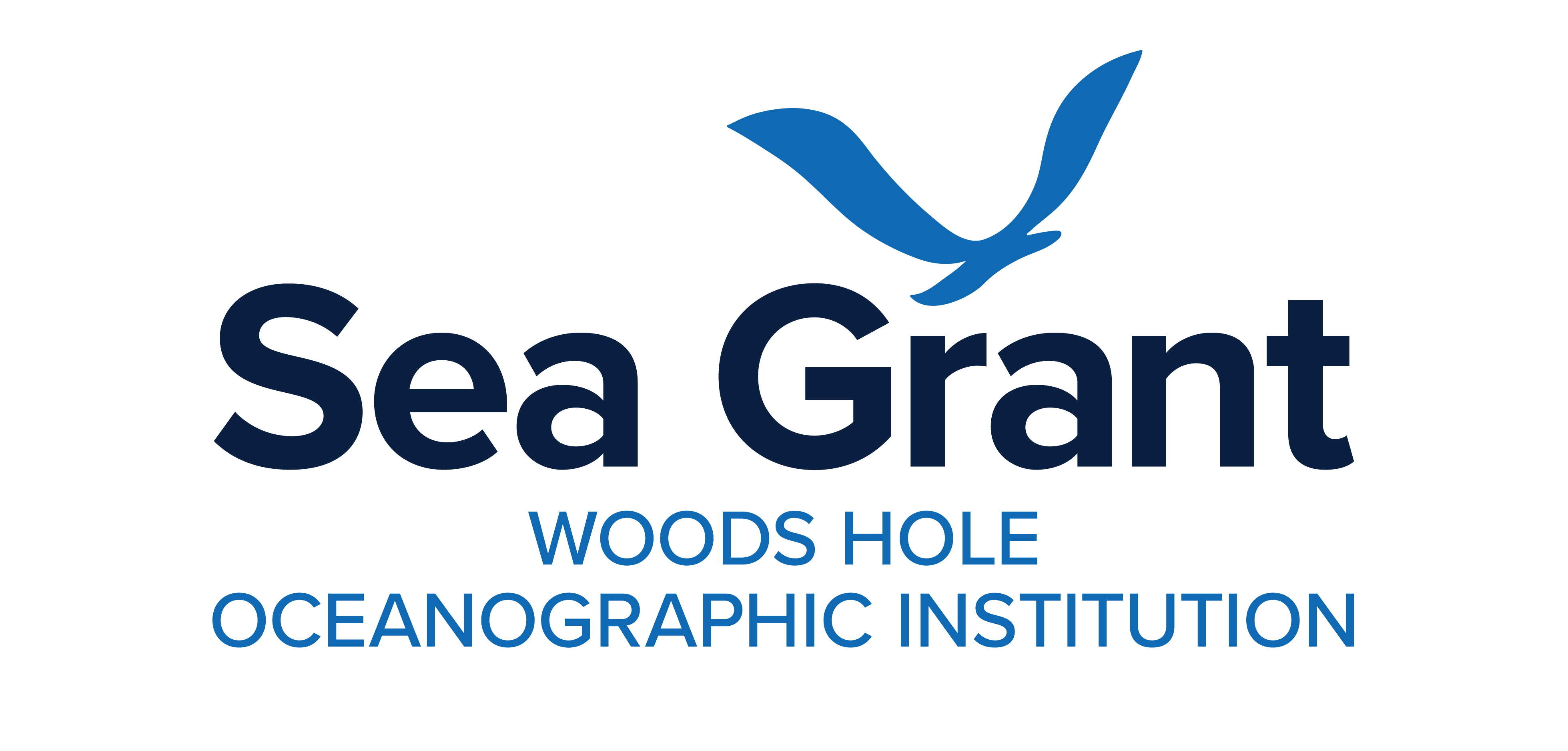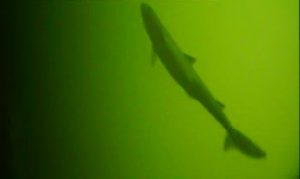Search results for: sites%2520that%2520offer%2520cheap%2520airline%2520tickets%2520phone%2520number%25201-800-299-7264/feed/wp-content/uploads/sites/106/2018/06/Sandwich_TownNeck_septics.jpg
Mapping Katama Bay’s Restless Sands
Boaters on Martha’s Vineyard know navigational maps of Katama Bay become obsolete very quickly. Why do the sands at the bottom of the Bay shift so much and so often? Katama Bay has two inlets. Water pours in from Vineyard Sound through Edgartown Channel, and from the Atlantic Ocean through Katama Inlet. The size and…
Read More2017 NCC
Nantucket Coastal Conference June 6, 2017 Nantucket Atheneum Great Hall, Nantucket, Mass. Keynote Coastal Change Rob Thieler, USGS –Woods Hole, Center Director Coastal Erosion Shifting Sands and the Shorelines of Nantucket Andrew Ashton, Woods Hole Oceanographic Institution (WHOI) Sconset Geotube Update Maria Hartnett, Epsilon Associates; Twenty-three Years of Monitoring Sciasconset, MA Mitch Buck, Woods Hole…
Read More2004-2006 Projects
Environmental Contaminants and Fish Reproduction Not if, but how? That is the question WHOI postdoctoral investigator Joanna Wilson is asking about how certain environmental contaminants effect marine and freshwater fish reproduction. By applying new research tools—advanced mass spectrometry and proteomics—Wilson and her former graduate advisor, John Stegeman, a WHOI senior scientist, will measure proteins associated…
Read More2002-2004 Projects
Developmental Effects of Contaminants on Salinity Preference and Seawater Survival for Atlantic Salmon: Integrating Physiology and Behavior Stephen D. McCormick, Darren T. Lerner, and Emily Monosson, University of Massachusetts, Amherst Over the last 20 years populations of Atlantic salmon (Salmo salar) in northern New England have decreased ten-fold, resulting in their recent listing as an…
Read MoreAquaculturists
Aquaculturists Our region is home more than 300 shellfish farming operations on over 1,000 acres. Woods Hole Sea Grant extension agents meet regularly with aquaculturists and provide them with technical assistance based on research and our knowledge of local habitats and conditions. WHSG also offers professional development opportunities to help shellfish farmers improve their operations.…
Read MoreHow Do Sharks Respond to Internal Waves in the Ocean?
A new study provides insight into the behavior of small sharks when encountering a common ocean phenomenon known as internal waves. These waves play powerful and still unknown roles in the exchange of heat, energy, water properties and nutrients throughout the ocean, and can change the vertical distribution …
Read MoreOutreach: Reporting from the Heart of the Storm
The winter storms of 2018 are experiences most of New Englanders would like to forget. However, the pounding the region took through the month of March left an indelible mark on many north and east facing towns and beaches, destroying homes, buildings, and other structures, and eroding swaths of shoreline. This week the White House…
Read MorePerigean Spring Tides — Predicting Potential Disasters: How Tidal Information May Save You From a Coastal Crisis
Perigean Spring Tides — Predicting Potential Disasters: How Tidal Information May Save You From a Coastal Crisis Helpful to educators and students. Giese, G.S. Marine Extension Bulletin, 2 pp., 1998 WHOI-G-98-007
Read MoreTechnology Enables Better HAB Monitoring and Mapping
Technology Enables Better HAB Monitoring and Mapping The project’s sampling plan for the Nauset area of Cape Cod. Sept. 2018 — Nauset Marsh in Eastham, Mass. on Cape Cod serves as a “natural laboratory” for researchers working to better understand harmful algal blooms (HABs) or red tide. HABs in Nauset are caused by the phytoplankton…
Read More2006-2008 Projects
Seasonal Changes in Groundwater Flow Into the Coastal Ocean Fresh water from water tables under the land flows out into the coastal ocean from beneath the seabed, a flow known as submarine groundwater discharge (SGD). Researchers have found that such flow can have a very large impact on estuaries. Groundwater carries land-generated nitrogen compounds, plus…
Read More

